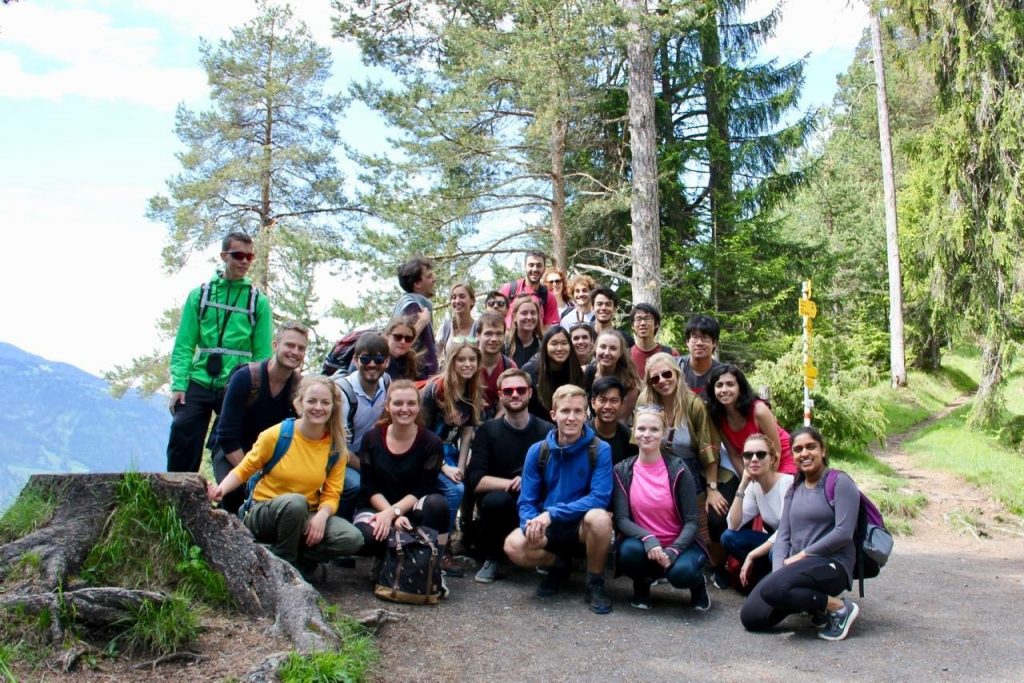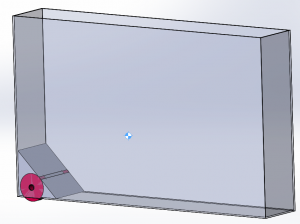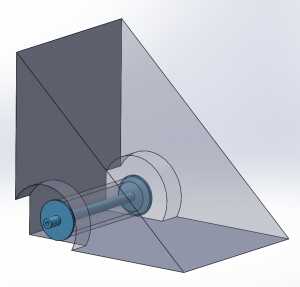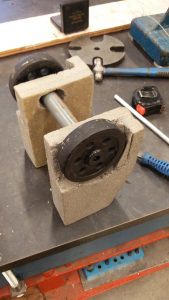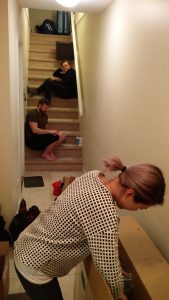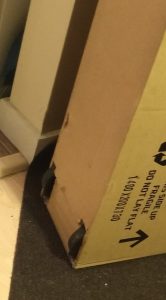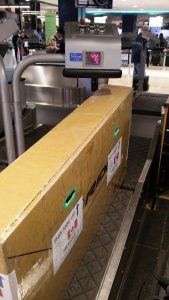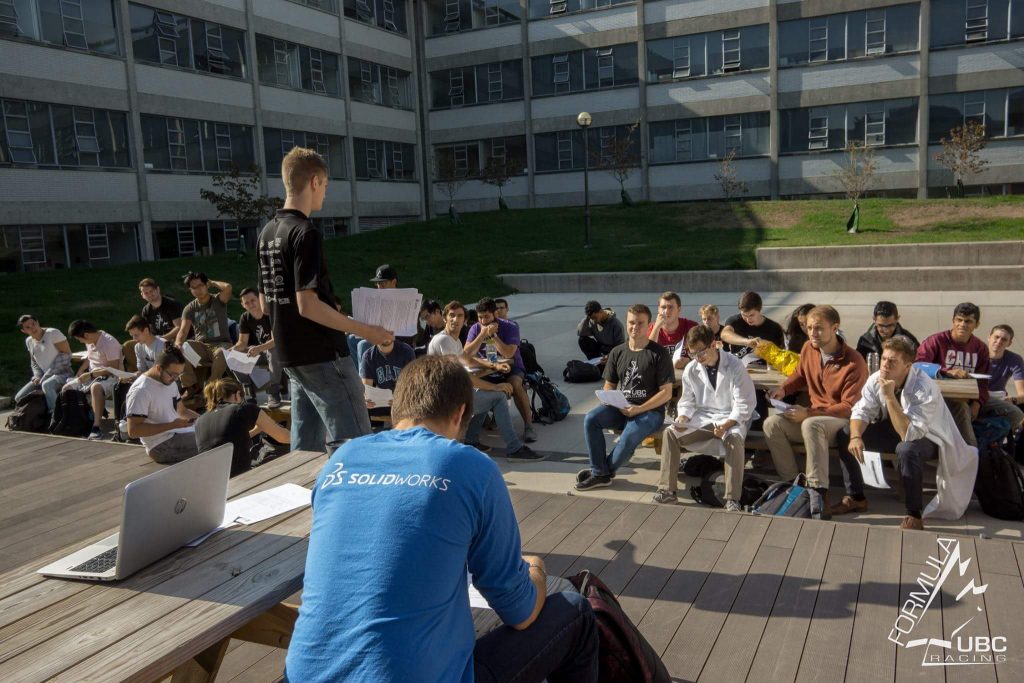Portraits of famous scientists and engineers greet you from the west wall of ETH. The stone causeways and massive wood doors instil a sense of magnitude and significance to the university. Their mechanical engineering courses follow suit. Never have I studied so hard for such mediocre grades.
Part of the challenge came from class format. There is a distinct lack of hand-holding in these courses, which is a good thing. Engineering students at ETH learn very early on to take full control of their own schooling, as all course material is available early on in the semester and most tutorials or quizzes are non-mandatory. Four of my five course grades were entirely dependent on final exam performance. (this seems less common in other engineering departments).
Think that’s nuts? Many of the exams were formatted as a 20-25 minute oral interview, one on one across from a stoic witness and the professor that remembers every nap you took in class. It takes one forgotten concept or wrong answer to drop a letter grade. Questions ramp up in difficulty and any time spent thinking of responses means less time to show A-grade knowledge in the latter material. This explains why I saw students studying full time all summer for the 7-8 courses (some Spring semester exams happen in August). There’s a re-examination option for oral exams but mobility students (you) don’t get that luxury.
Aside from these terrifying details, the course experience is fantastic — if you’re prepared to put in the work. Many professors are current leaders in their fields, showing off new material from the cutting-edge of applied science. Software exercises utilized modern and industry-relevant applications (though I had a couple concepts explained succinctly via FORTRAN code).
FYI, the exchange structure in 2018 included a flat-rate fee from UBC and waived fees at ETH so you could take as many courses as you were eligible for. Use this to your advantage. Many engineers took things like Artificial Intelligence, Machine Learning, and other out of scope topics for the sake of interest. Your exam registration happens later in the semester and you had no obligation to take the exam for these courses (i.e. to get recognition of them on your transcript). This may change down the road so just check these rules before your trip.
Here is the course list that I took with a brief review of each:
151-0361-00 An Introduction to the Finite-Element Method
The introduction lecture was comically-terrifying, as the professor skimmed through each course topic with key mathematical concepts. So much material was packed into the two hour lecture that I honestly thought I was expected to read half the textbook before classes begun. Speaking of which, it took a month of review and Googling to figure out the first 24 pages, which introduced the underlying principles and derivations.
I think this course is so important to modern day mechanical design. While you may not encounter FEM analysis in every job, the concepts you learn through the course can be applied to a variety of complex engineering problems. Computation time is expensive in professional settings, so knowing how to optimize your simulations for both time and accuracy improves your value to any company.
Despite the niche topic, I think this course made the most impact during my time at ETH.
151-0548-00 Manufacturing of Polymer Composites
The professor for this course regularly consults for the big aerospace and automotive companies while acting as head of the composites department. The 400-page textbook he wrote is a litany of relevant information in the analysis and production of various composites. This course felt like the final boss fight for mechanical engineering students, integrating topics from literally every fundamental course I’ve taken at UBC, as well as some material from my previous life science degree (brush up on your organic chemistry folks).
The material is incredibly useful for those getting into high-performance industries but this was also the toughest exam I took at ETH – an open-book, two-hour written monstrosity with 35 pages of questions and background information. I don’t think anyone finished writing it in the time given. However, the textbook is so good that I will be referencing it for all my future carbon projects (looking at you, Formula UBC).
151-0316-00 Methods in the Innovation Process
I took this course to see how design differed in Europe. The creativity components were a welcome change of pace from the theory overload of my other classes. As expected, a number of design methods and concepts carried over from our excellent offerings at UBC. The course was structured as a miniature design project; each team was expected to complete rounds of proposals and prototypes while exercising different methods of decision-making. I learned that ETH doesn’t require a major design course every year in their MECH program, but a number of these smaller project courses exist as options. It certainly seems ETH weighs undergrad towards the mathematics and fundamentals while UBC perhaps leans the other way.
The course instructors are professionals in their respective fields so the networking and coffee breaks are very worthwhile; consider the experience an opportunity to flex your design muscles and work with different engineering backgrounds. It’s a great way to meet local students too, as you spend many hours together during each workshop.
151-0280-00 Advanced Techniques for the Risk Analysis of Technical Systems
A refresher on stochastics, with emphasis on characterizing complex networks like transportation and energy grids. However, the material carries over to any system with multiple, independent parts. This is highly useful material for design and production engineering. I sometimes wish we were provided a stronger stats background at UBC, but I suppose fitting every “nice-to-have” into the program would keep us there forever.
151-0358-00 Structural Optimization
This course is an excellent complement to FEM (and conveniently, taught by the same professor during my stay). While you learn to solve particular load cases in FEM, Optimization teaches you how to automate the design process to find best-fit solutions. You learn enough in this course to write basic optimization scripts for small scale optimization problems (minimum mass design with target stiffness, for example). More importantly, the courses teach you what is going on behind the scenes in ANSYS or Inspire, so that you know exactly which configurations and how to interpret your results.
